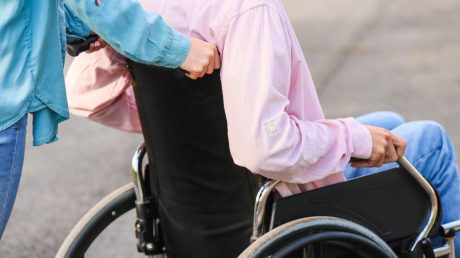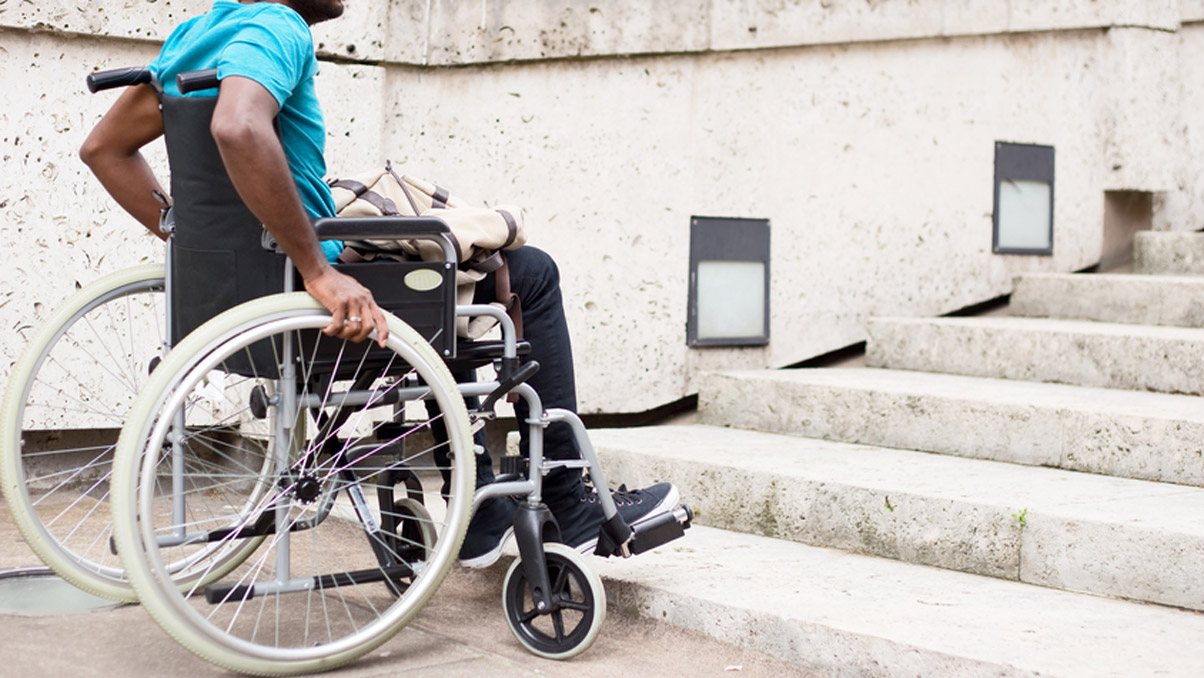After falling from a ladder and suffering a spinal cord injury, MZ received a payout of £132,000 from his accidental permanent injury insurance policy. We examine the claim and how the payout was calculated.
MZ met the Pro Bono team in November 2020 after he fell from a ladder, resulting in a spinal cord injury. MZ previously worked in a phone shop, although he was on furlough at the time of his injury. MZ has four children, and one of them has autism. MZ was concerned about their future and financial security as he was only receiving statutory sick pay.
During the meeting, MZ revealed he had an accidental permanent injury insurance policy. This provided a cash payout if he received a permanent injury that was directly caused by an accident.
The policy
The policy was intended to cover against a range of permanent bodily injuries. However, not every injury was covered. The injuries covered included amputation of the arms and/or legs or the loss of use of arms and/or legs.
Decision of the insurer
MZ’s accident caused a spinal cord injury that resulted in some loss of use of both his legs and arms. Although MZ was able to return to work, he could only work from home for a few hours a week. Therefore, securing the insurance payout was incredibly important.
The policy stated that if the loss of use was less than 20%, the insurance company would not pay any compensation. However, if the loss of use was between 20% and 70%, the insurance company would pay an equal percentage of the sum insured (£60,000). The policy would pay £60,000 in full if the loss of use was more than 70%.
A doctor and the insurer’s chief medical officer would decide the percentage loss of use. For example, if they decided the patient had lost 70% of the use of one arm, the insurer would pay £60,000.
Outcome
The insurer arranged an examination of MZ by an independent company for a medical report. Once the medical report was completed, the insurer’s chief medical officer reviewed the report. The insurer’s chief medical officer had the challenging job of calculating the percentage loss of use of each limb.
The insurer’s chief medical officer concluded from the medical report that MZ had lost 70% use of both his legs. It had been over two years since the accident, so the medical report deemed the injuries permanent.
The policy stated that 70% or more loss of use would be considered full loss of use. Under the terms of the policy, the insurer would pay 150% of the sum insured (£60,000). This meant MZ was eligible for a payout of £90,000 for the loss of use of both his legs.
The medical report determined that MZ had reduced strength in his arms, especially his left arm. MZ could lift light objects but struggled to lift heavy objects. As a result, tasks such as cooking were difficult.
The insurer’s chief medical officer decided MZ had lost 30% use of his right arm. Therefore, the insurer would pay 30% of the £60,000, totalling £18,000.
The insurer’s chief medical officer also deemed that MZ had lost 40% use of his left arm. As a result, the insurer would pay 40% of £60,000, totalling £24,000.
Therefore, MZ’s total insurance payout for the permanent loss of use of his legs and arms was £132,000. This cash payout will be useful for paying for MZ’s physiotherapy and rehabilitation and may even help enable better use of his limbs in the future.
MZ said: “Having a spinal cord injury hasn’t just affected me, it’s affected my whole family. I’m looking forward to my future with my family.”
Paralegal Bethan Jenkins contributed to this article
Subscribe – In order to receive our news straight to your inbox, subscribe here. Our newsletters are sent out once a month.






